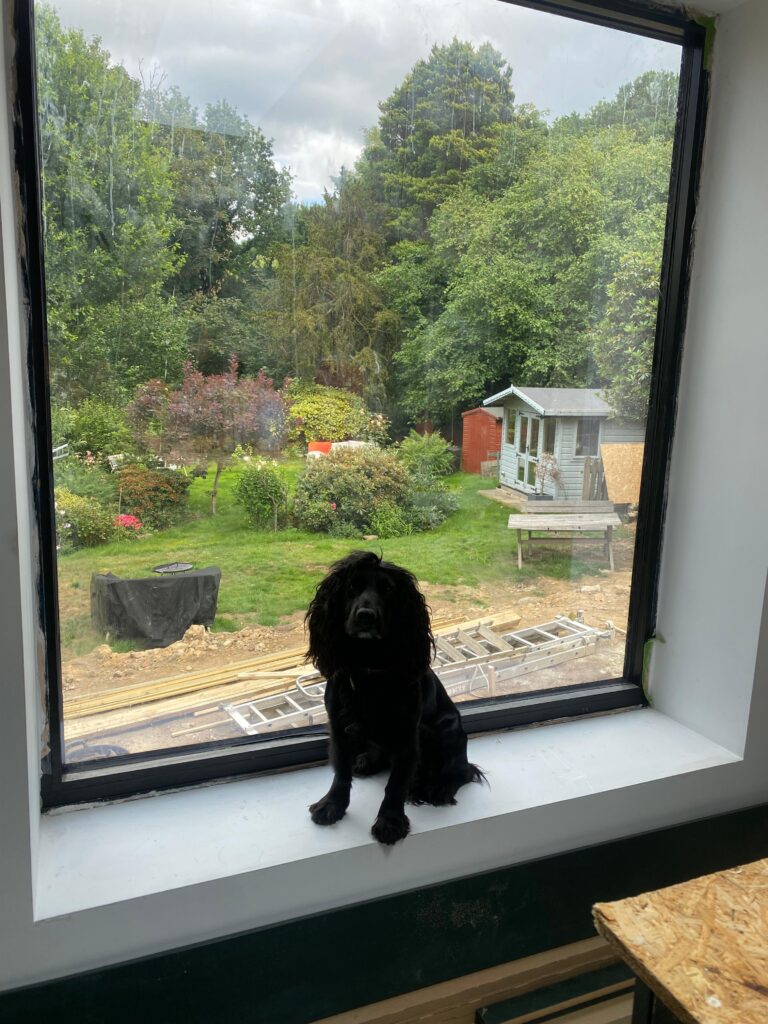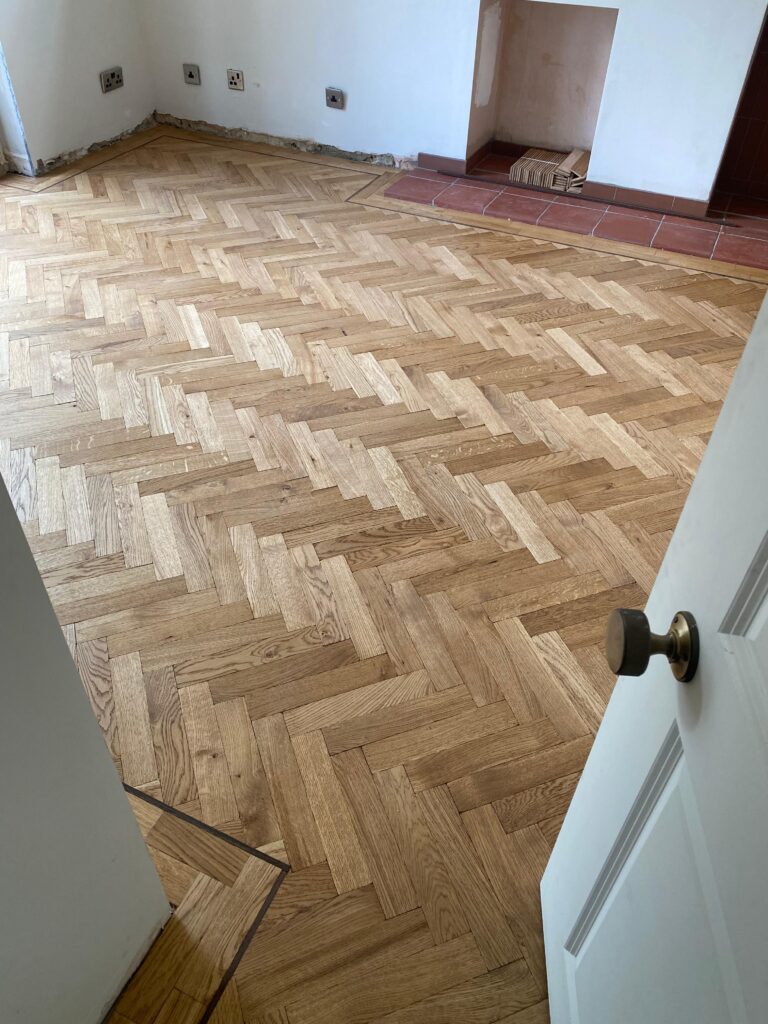Over the months we’ve lived in our new community, I’ve met a few local people who had viewed our house when it was on the market. It’s been interesting to hear why they ultimately decided not to make an offer.
Our property sat on the market for six months, and several agents shared with me the feedback they received from potential buyers. Here’s a summary of the most common reasons people hesitated—and our thoughts on them now:
- Proximity to the local primary school
This was a dealbreaker for some due to traffic at school drop-off and pick-up times. If congestion and people occasionally parking across your driveway will drive you mad, then yes, this may not be the house for you. But for us, knowing that this disruption only lasts about 30 minutes twice a day—and not at all during weekends or school holidays—made it a non-issue. In fact, we love the quiet country lane feel it has the rest of the time. - Dog walkers and horses using the lane
Some saw this as a negative, but we view it as a charming feature of countryside living. Again, this is a location-specific detail and not something that can—or should—be changed. - Quarry-tiled window sills from the 1960s
These were once common, and I was tempted to keep them for character. However, they absorbed a lot of natural light, so we replaced them with white timber sills, matching the shape and size of the quarry tiled originals. It was a quick and inexpensive update—primed MDF sills are affordable and easy to install—and we even sold the old quarry tiles to a reclamation yard. - Surface-mounted electrics and plumbing
This put off a few buyers, but for us, it was clear the house needed a complete rewire and replumb anyway, as nothing had been updated in decades. While this kind of work is disruptive, it’s also typical for an older property. Anyone viewing a home that hasn’t been touched in years should expect to modernize systems to meet current standards. - Woodchip wallpaper on every wall and ceiling
This was another common concern. We initially thought it would be a nightmare to remove, but it actually came off quite easily. Since we were chasing out walls for new electrical wiring anyway, we had already budgeted for replastering—so removing the woodchip wasn’t an added burden. - External yellow 1960’s brickwork
This can be a sticking point if you’re not a fan of the aesthetic—but it’s not unchangeable. If you’re willing to invest, there are several ways to transform the exterior: over-cladding, rendering, or simply painting the brickwork can dramatically alter the look.
In our case, we chose to embrace the 1960s character of the house. After all, it is a 1960s build, and trying to make it look like a country cottage or a New England-style beach house didn’t feel authentic. Instead, we focused on complementary upgrades: replacing the old white UPVC windows with sleek black aluminium ones, updating the front door, and cladding the rear extension in charred timber. These changes stay true to the building’s era while giving it a bold, contemporary edge.
None of these issues are insurmountable. In fact, they’re fairly common in older homes and can be resolved with the help of a good electrician, plumber, and plasterer, so don’t rush to dismiss a great house due to some unsightly finishes and services. We budgeted around £18,000 for these updates (excluding new windows), and the return on that investment has been well worth it.



